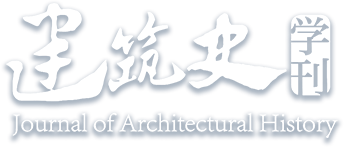Abstract:
This paper employs 3D laser mapping to conduct an in-depth investigation of the artificial mountain within Ouyuan Garden. Utilizing archeological typology, the analysis dissects the shape and structure of the Ouyuan Garden’s artificial mountain into four units (No. 1 to 4). Each unit is further subdivided into three types: “mountainside” “mountaintop” and “mountainfoot”. Employing the methods of “dual evidence” and “formal analysis”, the study draws on historical theories of garden design and painting, such as
Yuan Ye and
Hua Quan, to scrutinize the formal style, path organization, spatial experience, and construction techniques of the artificial mountain. The research establishes the significant heritage value of the Ouyuan Garden’s artificial mountain, highlighting its continuity with the plants and topographical foundation of Qisong Garden of Prince’s Palace of Heng in the Ming dynasty. Furthermore, it impeccably preserves the Kangxi period scenery of the Qing dynasty, reflecting the aesthetic inclinations of Feng Pu, the garden’s proprietor, and the stylistic influences of renowned garden designers Zhang Nanyuan and Zhang Ran. This artificial mountain serves as a manifestation of distinctive characteristics from its era and region while bearing witness to the culture exchange in garden construction between Jiangnan and the northern regions.


 下载:
下载: